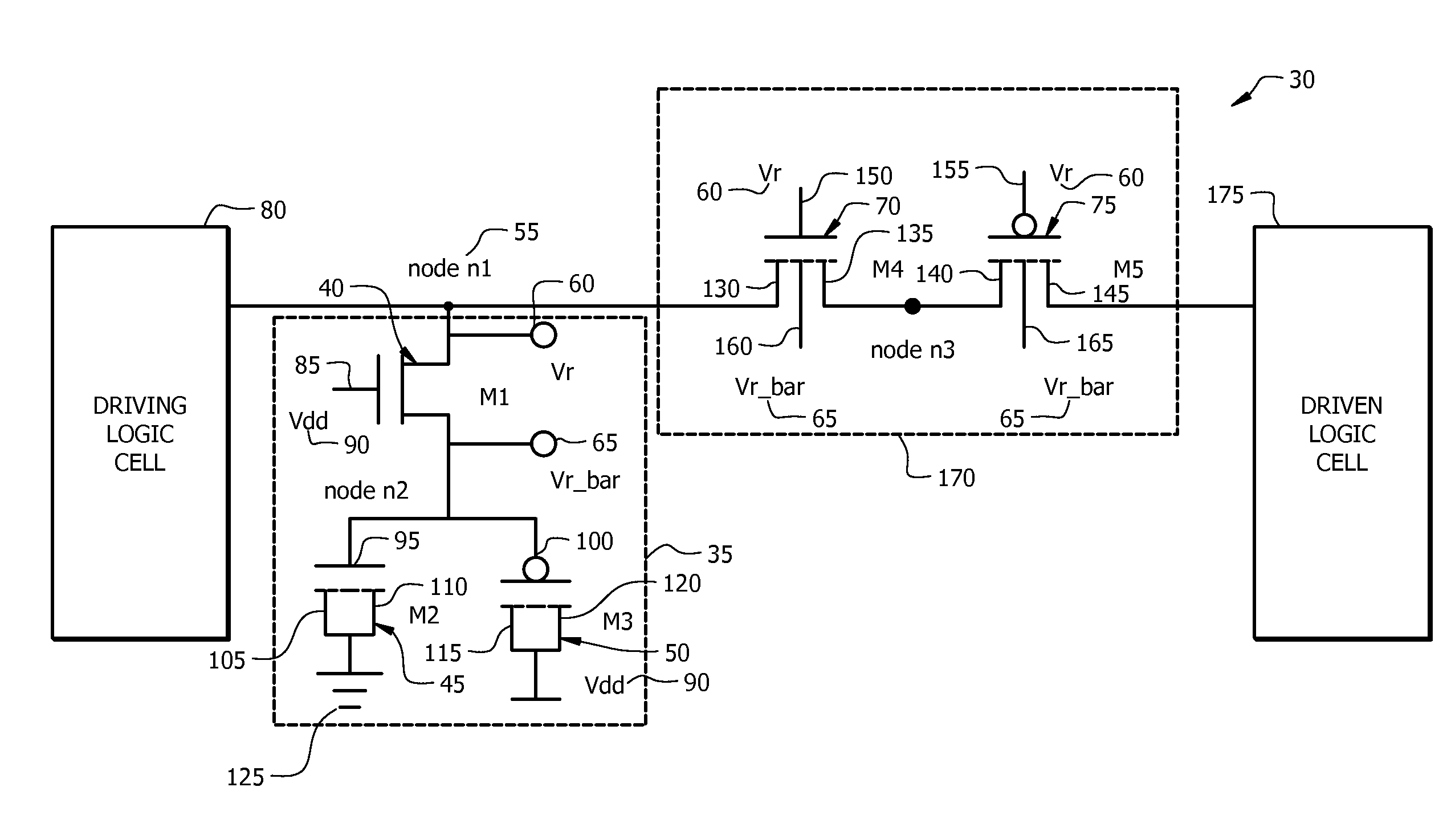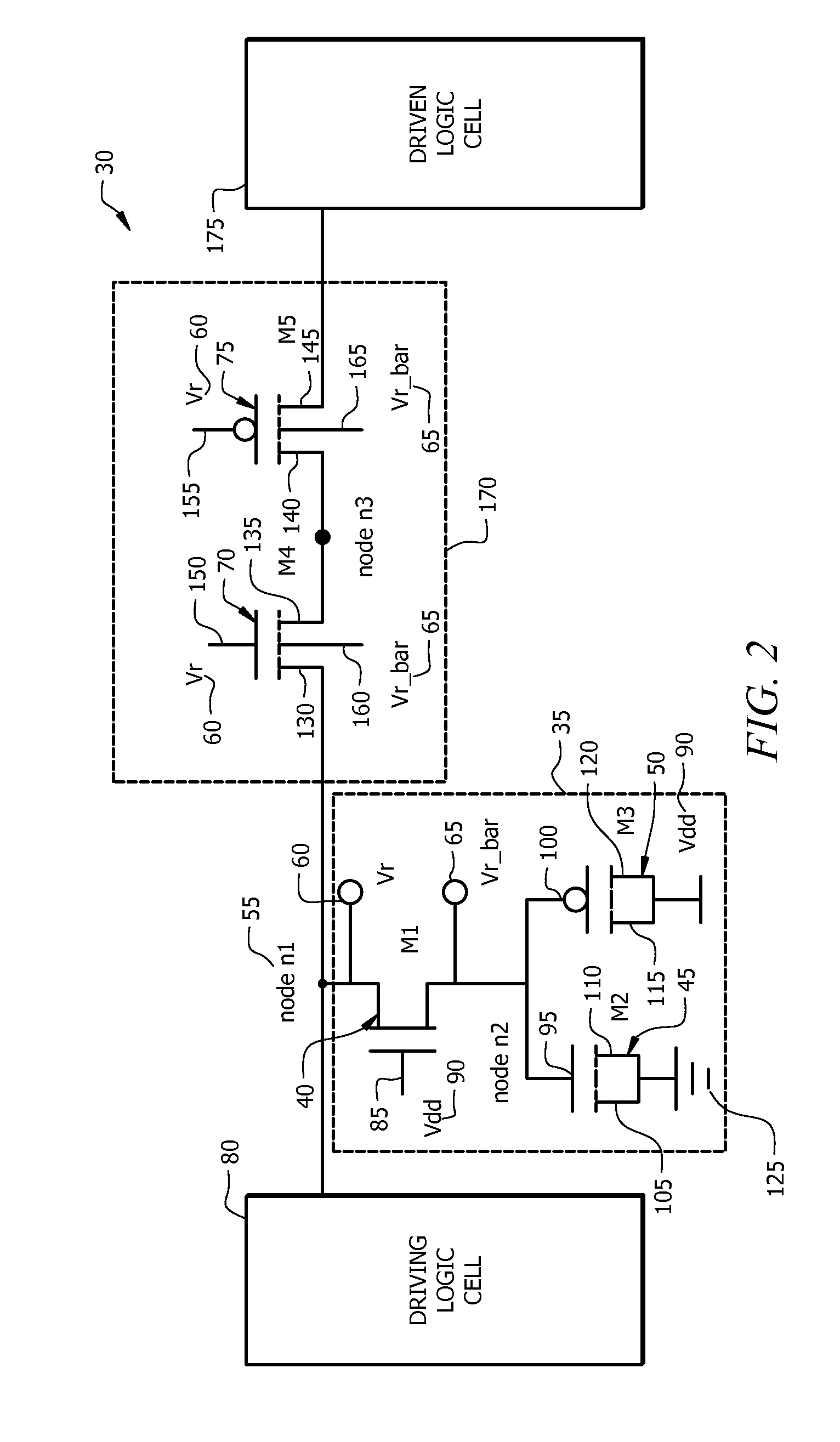Methodology and Apparatus for Reduction of Soft Errors in Logic Circuits
a logic circuit and soft error technology, applied in logic circuits, logic circuits characterised by logic functions, logic circuits, etc., can solve problems such as large overheads in logic circuits, transient faults in computer circuits, and significant challenges in designing reliable computer systems. , to achieve the effect of reducing the delay and area of the circui
- Summary
- Abstract
- Description
- Claims
- Application Information
AI Technical Summary
Benefits of technology
Problems solved by technology
Method used
Image
Examples
Embodiment Construction
[0035]In the following detailed description of the preferred embodiments, reference is made to the accompanying drawings, which form a part hereof, and within which are shown by way of illustration specific embodiments by which the invention may be practiced. It is to be understood that other embodiments may be utilized and structural changes may be made without departing from the scope of the invention.
[0036]Achieving reliability against transient faults in logic circuits poses a significant challenge due to technology scaling trends. Several optimization techniques have been presented in the prior art for preventing soft errors in logic circuits. However, most approaches for avoiding such errors have significant overheads in terms of delay, area, or power. The present invention presents a circuit-level technique that prevents soft errors in logic cells. The circuit in accordance with the present invention significantly reduces the propagation of random glitches due to transient st...
PUM
 Login to View More
Login to View More Abstract
Description
Claims
Application Information
 Login to View More
Login to View More - R&D
- Intellectual Property
- Life Sciences
- Materials
- Tech Scout
- Unparalleled Data Quality
- Higher Quality Content
- 60% Fewer Hallucinations
Browse by: Latest US Patents, China's latest patents, Technical Efficacy Thesaurus, Application Domain, Technology Topic, Popular Technical Reports.
© 2025 PatSnap. All rights reserved.Legal|Privacy policy|Modern Slavery Act Transparency Statement|Sitemap|About US| Contact US: help@patsnap.com



